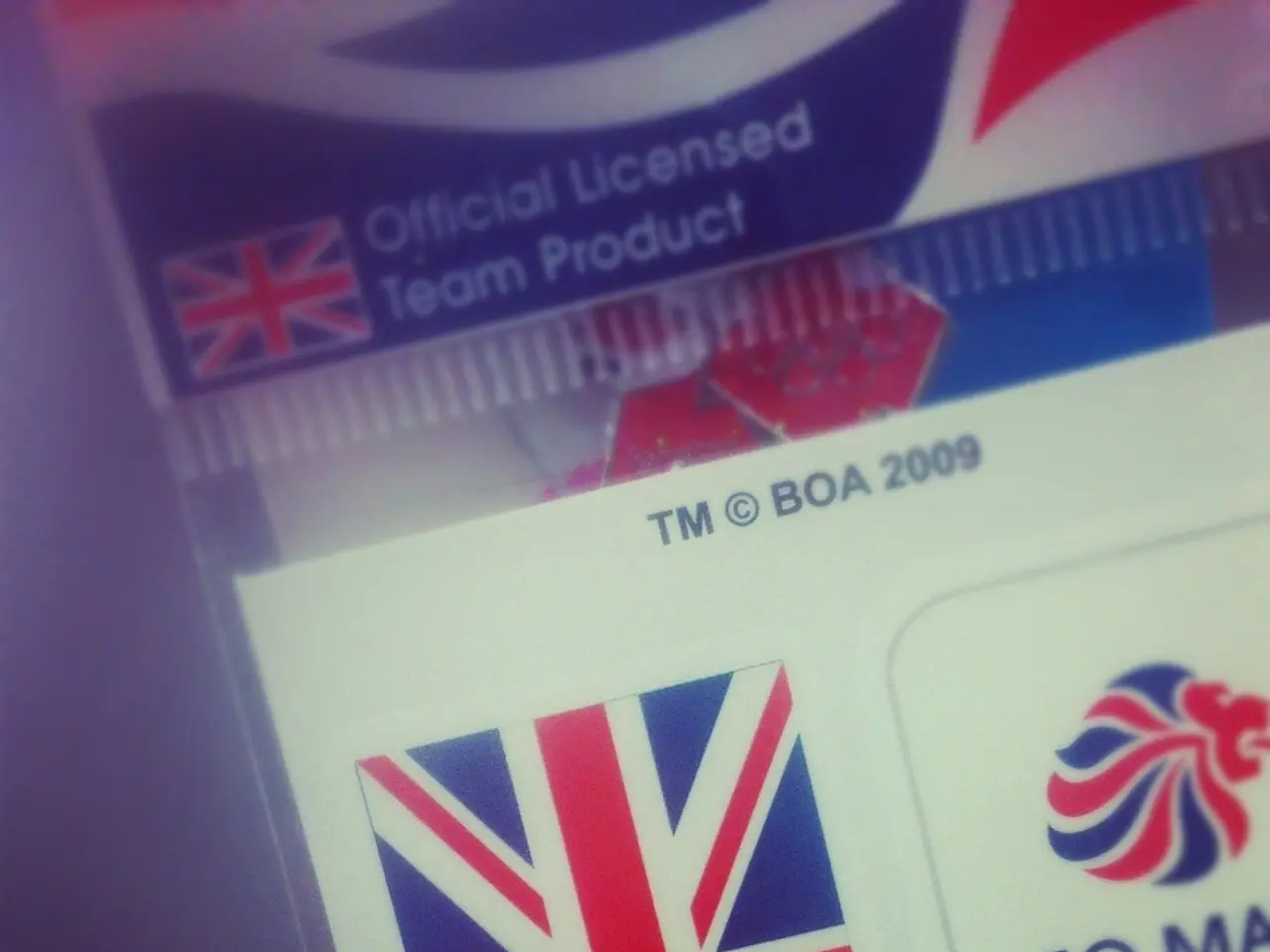Strategies for Designing Optimized Websites for Independent Insurance Agents
In today's digital age, the importance of a well-designed website cannot be overstated for independent insurance brokers seeking to future-proof their businesses. A robust, lead-optimized website serves as a crucial multi-channel engine, attracting, engaging, and converting motivated insurance shoppers effectively.
Design
A professional, clean, and responsive website is essential, ensuring seamless functionality on mobile devices, as most users search on smartphones and tablets. Clear calls to action (CTAs) like "Free Consultation" or "Get a Quote" should be prominently displayed on landing pages and menus to guide visitors towards lead capture. Dedicated landing pages for specific insurance products or customer niches can improve relevance and conversion.
Content
Content plays a vital role in attracting and engaging potential leads. Providing educational, authoritative content tailored to customer concerns, such as how-to guides or FAQs on insurance topics, helps establish the broker as an industry authority. Lead magnets, like personalized risk assessment tools or free consultation booking, can engage prospects and collect contact information. Gated content downloads, such as checklists or brochures, require visitors to enter their email addresses to capture leads organically.
SEO
Search Engine Optimization (SEO) is crucial for attracting qualified local traffic. Targeting a mix of broad and long-tail keywords with clear insurance-buying intent, including localized phrases, enhances visibility in local search. Claiming and optimizing your Google Business Profile and local citations boosts visibility and builds trust via positive reviews. Building inbound links from reputable insurance-related directories, partners, and endorsements improves domain authority and rankings. On-page SEO elements, such as meta descriptions, alt tags for images, and keyword placements, increase search engine discoverability.
Analytics
Tools like Google Analytics and Google Search Console help monitor site traffic, keyword rankings, conversion rates, and user behavior. Tracking the performance of lead generation funnels and content pieces allows for refining CTAs, landing pages, and content offers based on real data. Experimenting with paid advertising expands reach, but continuous measurement of ROI ensures quality leads and adjustments to campaigns accordingly. Leveraging CRM integration automates follow-ups, nurtures leads, and optimizes referral programs with incentives, further improving lead quality and conversion.
Partnering with professionals specializing in insurance broker websites can help streamline web strategy. Registering the business with Google My Business and adding geolocation terms can help ensure the business appears in local searches. A clear value proposition is essential for the homepage, communicating what sets the brokerage apart.
Content marketing through insightful blog posts addressing common questions and case studies can drive organic traffic and engage potential leads. A website should be optimized for mobile responsiveness and fast loading times to rank well on search engines. Heatmaps can be used to optimize web pages for engagement by seeing where users click, scroll, or hover the most.
A lead-optimized website is crucial for the growth of a brokerage. A "Get a Quote" CTA should be included on every page, leading to a straightforward lead capture form. Maintaining a focus on intuitive design, SEO best practices, and regular performance evaluations is important for future-proofing a website for sustained lead generation.
Webinars, like "How to Choose the Best Business Insurance for 2024," can be offered as free resources. A/B tests can be run to experiment with different call-to-action designs or landing page layouts to drive more conversions. An intuitive navigation system with a main navigation bar, search function, and mobile-friendly design is necessary for user-friendliness.
Understanding the target audience is essential for every decision made regarding website design and content strategy. The target audience for independent insurance brokers may include individuals and small businesses with unique pain points and requirements. Researching industry demographics, monitoring social media interactions, and conducting surveys can help understand the audience better.
Testimonials and trust signals like customer testimonials and industry accreditations can elevate trustworthiness. Solutions like truWeb by Trufla offer intelligent website design tailored to the insurance industry, making it easier for brokers to create lead-optimized websites.
In conclusion, a well-designed, lead-optimized website is essential for independent insurance brokers seeking to thrive in the digital age. By focusing on design, content, SEO, and analytics, brokers can create a robust, multi-channel lead generation engine that attracts, engages, and converts motivated insurance shoppers effectively.
A well-designed insurance brokerage website, optimized for lead generation, should integrate technological advancements to foster business growth. This includes leveraging technology to design a responsive site that caters to mobile users, craft personalized risk assessment tools, and analyze user behavior through heatmaps for improved engagement.
By partnering with technology specialists, insurance brokers can access advanced solutions like truWeb by Trufla, providing intelligent design tailored to the insurance industry, which further enhances their lead generation and digital marketing efforts.




